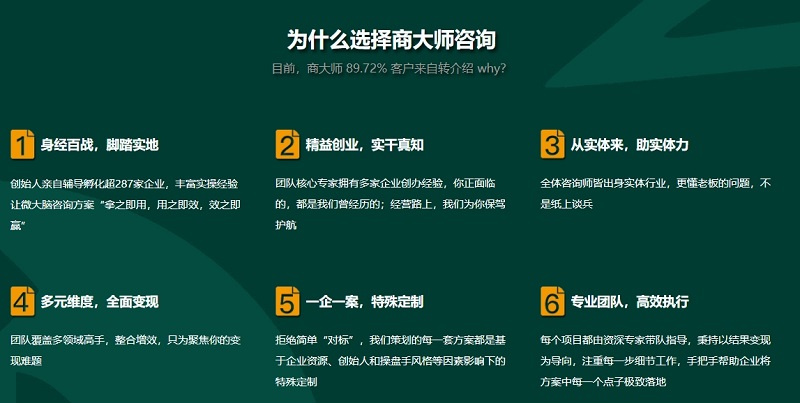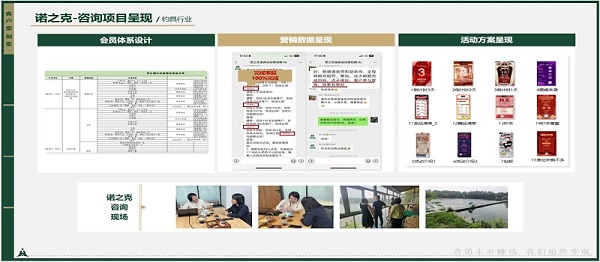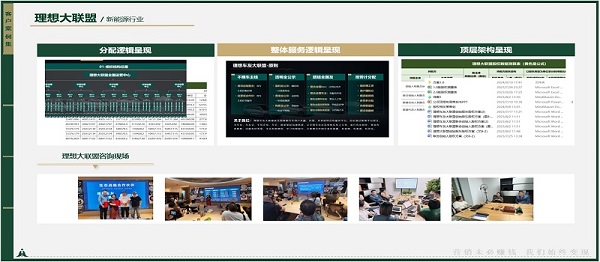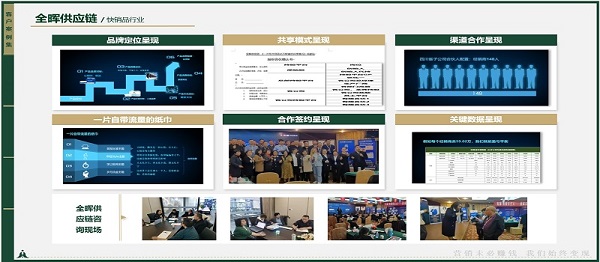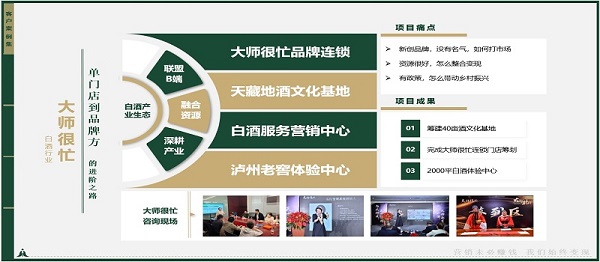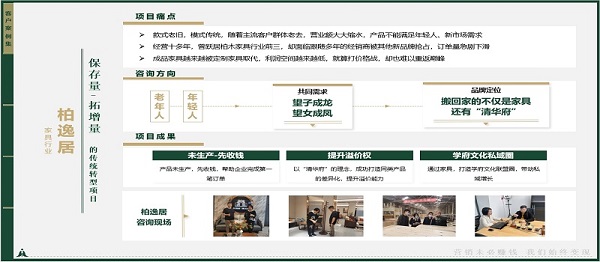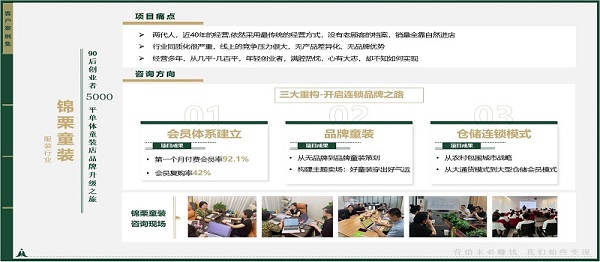品牌定位的核心要素
Brand positioning is the process of establishing a unique identity and value proposition for a product or service in the minds of target consumers. It involves defining key characteristics that differentiate the brand from competitors and resonate with the intended audience. Effective brand positioning requires clarity, consistency, and alignment with consumer needs.

目标市场识别
Identifying the target market is the foundation of brand positioning. This requires analyzing demographic, geographic, psychographic, and behavioral characteristics of potential customers. By narrowing down the audience, brands can tailor messaging and offerings to meet specific needs, ensuring resources are allocated efficiently.

差异化价值主张
compelling value proposition must highlight unique benefits that competitors cannot easily replicate. This could include product features, pricing strategies, emotional appeal, or sustainability commitments. Differentiation should address both functional and emotional aspects of consumer decision-making.
品牌个性塑造
Brand personality humanizes the organization through consistent tone, visual identity, and communication style. Whether positioned as innovative, trustworthy, or adventurous, this personality must permeate all touchpoints - from advertising campaigns to customer service interactions.

持续一致性维护
Maintaining positioning consistency across channels and over time builds brand recognition and trust. While tactical adjustments may occur, core positioning elements should remain stable. Regular audits ensure all marketing activities reinforce rather than contradict the established brand identity.
市场变化对定位的影响
External environmental shifts - including technological advancements, regulatory changes, or evolving consumer preferences - may necessitate positioning adjustments. Successful brands monitor these changes through market research while preserving their fundamental value proposition.
衡量定位效果的方法
Key performance indicators include brand awareness surveys, market share analysis, customer loyalty metrics, and price premium acceptance. Qualitative feedback through focus groups and social listening provides insights into how well the positioning resonates with audiences.
多品牌战略的定位协调
When managing multiple brands under one organization, each should occupy distinct market positions to avoid cannibalization. Clear portfolio architecture ensures complementary rather than conflicting positioning, with defined boundaries in target segments and value propositions.
数字化时代的定位挑战
The digital landscape intensifies the need for real-time positioning adaptability. Brands must maintain core identity while optimizing messaging for different platforms and formats. Data analytics enables more precise targeting but requires balancing personalization with brand consistency.
全球化与本土化平衡
Global brands must adapt positioning strategies to local markets without diluting core identity. This involves cultural sensitivity in messaging, product adaptation, and distribution channel selection. Successful global-local balance maintains brand essence while respecting regional differences.

